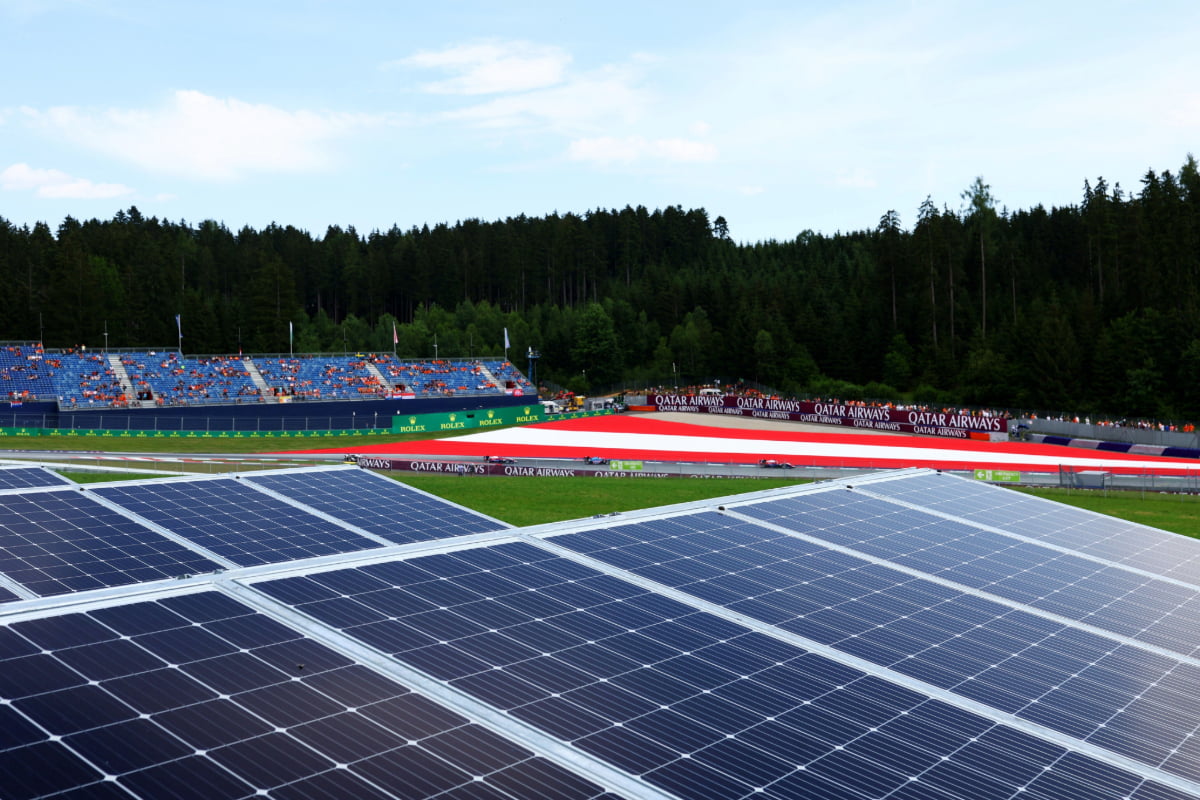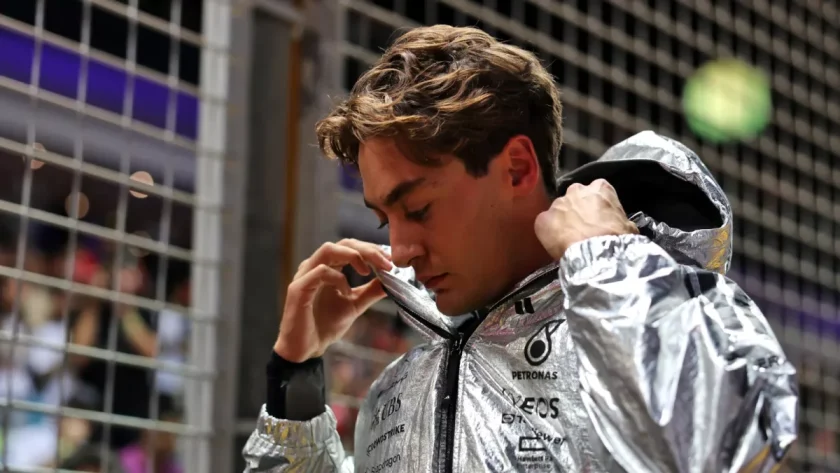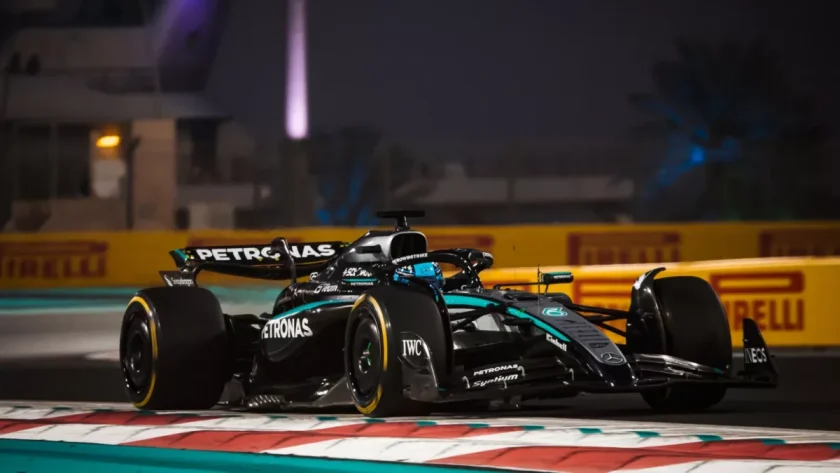P1racenews AI automatic summary:
For the second successive year, the Red Bull Ring’s pit and paddock will be powered by a low-carbon energy system during the Formula 1 Austrian Grand Prix weekend. Formula 1 has set an ambitious target to achieve net-zero carbon emissions by 2030. One step that has been made toward achieving this goal is introducing sustainable […]
Formula 1 has set a goal to achieve net-zero carbon emissions by 2030, with one step being the integration of sustainable fuels into the 2026 cars. The biggest contributor to carbon emissions is the infrastructure surrounding Formula 1, including travel, haulage, and event hosting. The Red Bull Ring successfully reduced carbon emissions by 90% in 2023 through a low-carbon energy system powered by sustainable sources such as HVO biofuel and solar panels. This system eliminates the need for teams to use their generators during the Austrian GP weekend. To reach the 2030 target, this model must be replicated across the F1 calendar, with additional measures needed to address the carbon footprint from air travel, such as Mercedes investing in Sustainable Aviation Fuels to reduce their travel emissions by 50%. Team Principal Toto Wolff believes Sustainable Aviation Fuel could revolutionize sustainable travel in Formula 1.






